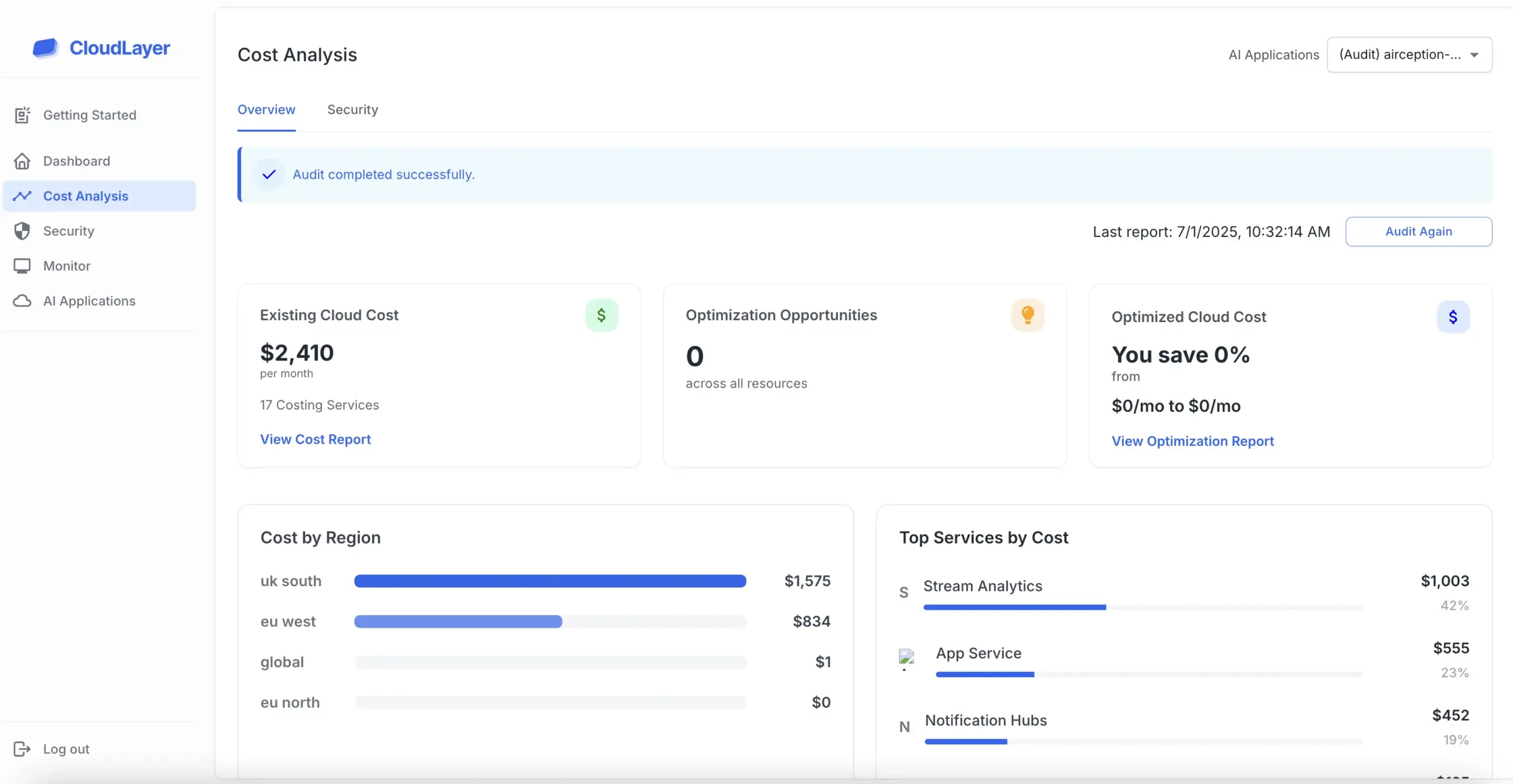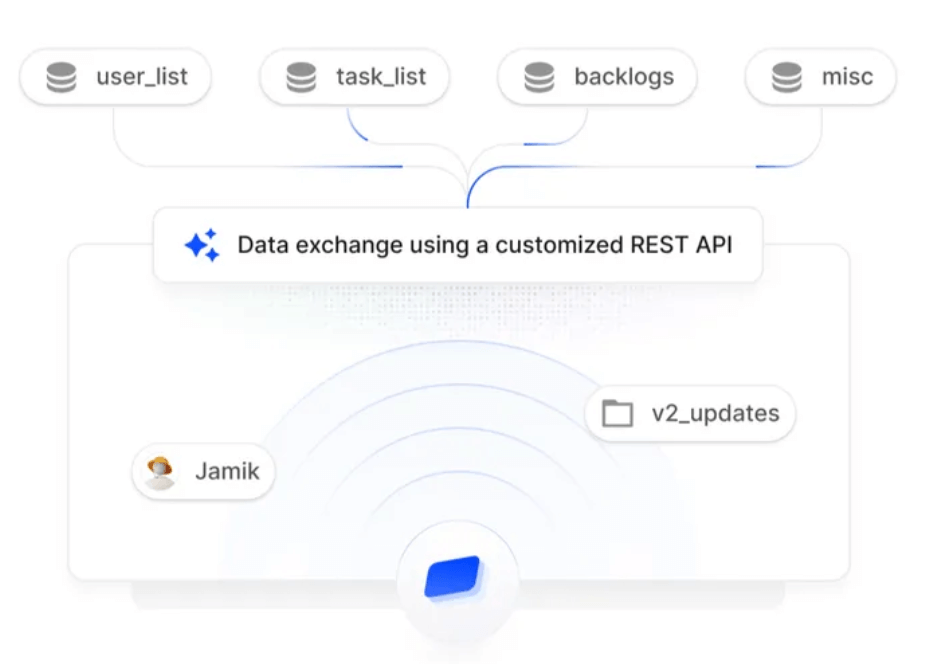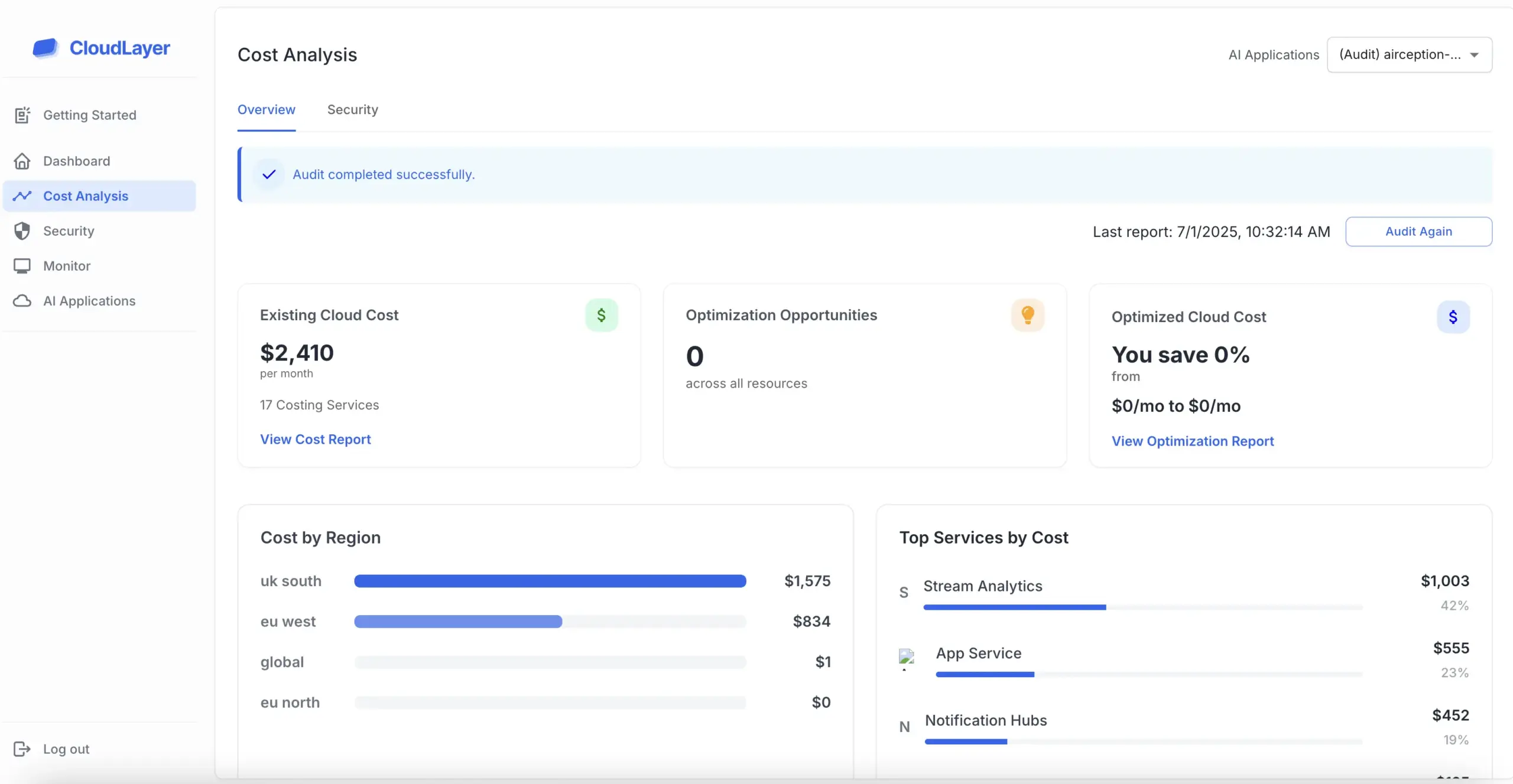

A GPU compare chart serves as an invaluable tool for both casual users and professionals alike. By presenting side-by-side comparisons, it enables users to quickly assess key specifications such as clock speeds, memory bandwidth, and core counts. This streamlined approach helps eliminate confusion and aids in selecting the right GPU for specific needs.

When evaluating GPUs, certain metrics stand out as critical indicators of performance. These include frame rates in popular games, thermal design power (TDP), and VRAM capacity. Understanding these metrics allows users to gauge how well a GPU will perform under various scenarios, ensuring they choose a model that meets their requirements.

In today’s market, several GPUs dominate the landscape, each offering unique features and performance capabilities. High-end models from brands like NVIDIA and AMD consistently push the boundaries of what’s possible in gaming and graphics rendering. Our GPU compare chart highlights these models, providing insights into their strengths and weaknesses.

To make the most of the GPU compare chart, users should identify their primary usage scenarios, whether gaming, content creation, or general computing. By focusing on relevant metrics, such as performance benchmarks for specific titles or applications, users can streamline their selection process. This targeted approach ensures that they find a GPU that aligns with their needs.

